Swinburne and Binus University collaborate on disaster relief
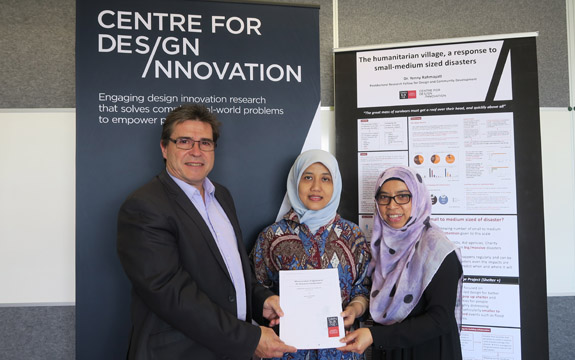
In Summary
- Swinburne has signed a Memorandum of Agreement with Binus University, Indonesia
- The five-year research collaboration between the two universities will focus on the design of suitable, temporary shelters and facilities for after disaster
Natural disasters have a history of devastating Jakarta, Indonesia, with their impact continuing to have serious repercussions long after the initial disaster has struck.
In response to this destruction, Swinburne’s Centre for Design Innovation (CDI) has signed a Memorandum of Agreement (MoA) with Binus University, Indonesia working towards a better and more responsive future for Jakarta in the wake of disaster events.
This will see a five-year research collaboration between the two universities and focuses on CDI’s Humanitarian Habitat and Design program which looks at the design of suitable, temporary shelters and facilities for after disaster.
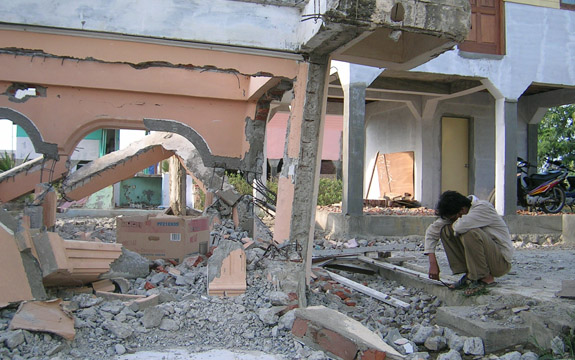
“The trending concerns and increased numbers of flood events has led to a unique occasion to exchange expertise and to focus on key research strengths,” CDI Director, Associate Professor Kurt Seemann says.
“Our relationship with Binus University includes initial fieldwork, a joint design workshop and exhibition, joint research papers and a student exchange program.”
Swinburne’s Dr Yenny Rahmayati played the lead role in setting up the MoA, while Dr Religiana Hendarti of Binus University handed over the MoA to Associate Professor Kurt Seemann on behalf of the Deputy Vice-Chancellor for Research and Development, Professor Aleks Subic on December 9.
Humanitarian Habitat and Design program
The Humanitarian Habitat and Design program was established at Swinburne in April 2015. Initiated by the Late Professor Don Iverson, the program focusses on public good and mutual benefits for Australia and its service to assist people in need in response to the complex nature of natural regional disasters such as flooding and fire, cyclones and earthquakes.
“Many aid programs use conventional responses in engineering and social policy research,” says Associate Professor Seemann.
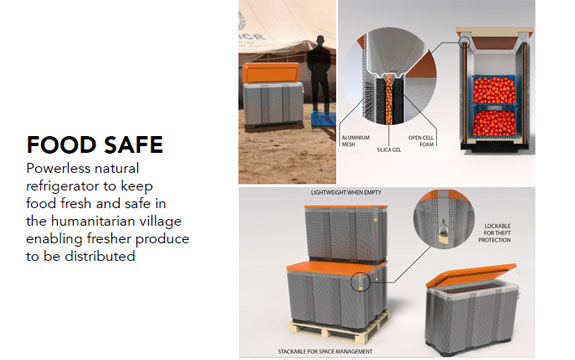
“What the CDI is offering is design thinking and research that specifically targets real user benefits and impact through outcomes that actually work, or service and system designed innovations that actually assist agencies to achieve community recovery time faster.”
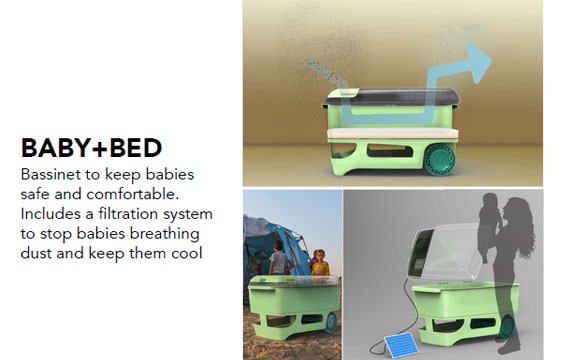
The CDI was invited by the United Nations Habitat 3 council to present their ideas and submit statements to the UN Habitat 3 event, which led to the international Quito Agreement signing in Ecuador in October 2016.
Moving forward
“The best way to establish cutting-edge and cleverly designed responses to the complex nature of disasters requiring humanitarian habitat and design outcomes, is to have a formal agreement to work in a real live context of concern where such disasters have been occurring and with people who live the aftermath,” Associate Professor Seemann says.
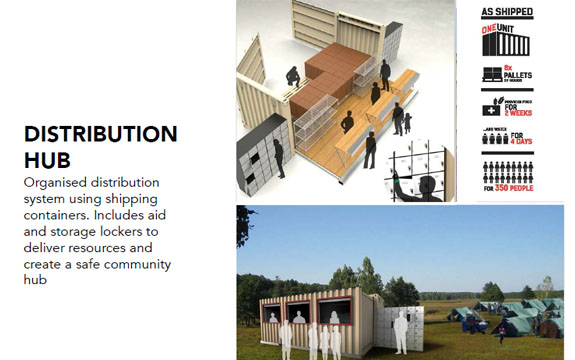
Associate Professor Seemann believes the agreement will offer real possibilities for innovations that could only be imagined by design researchers working in real-life situations.
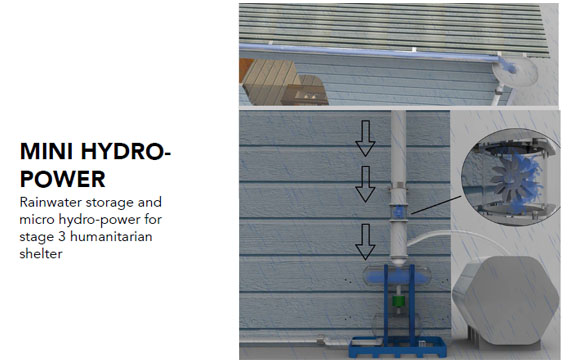
“Engineers, designers or social researchers can imagine the design of a shelter, service or device, but until design researchers work in a situation with affected people, over a period of time, where another specific disaster such as damaging flooding is predictable, research impact is unlikely to occur.”

